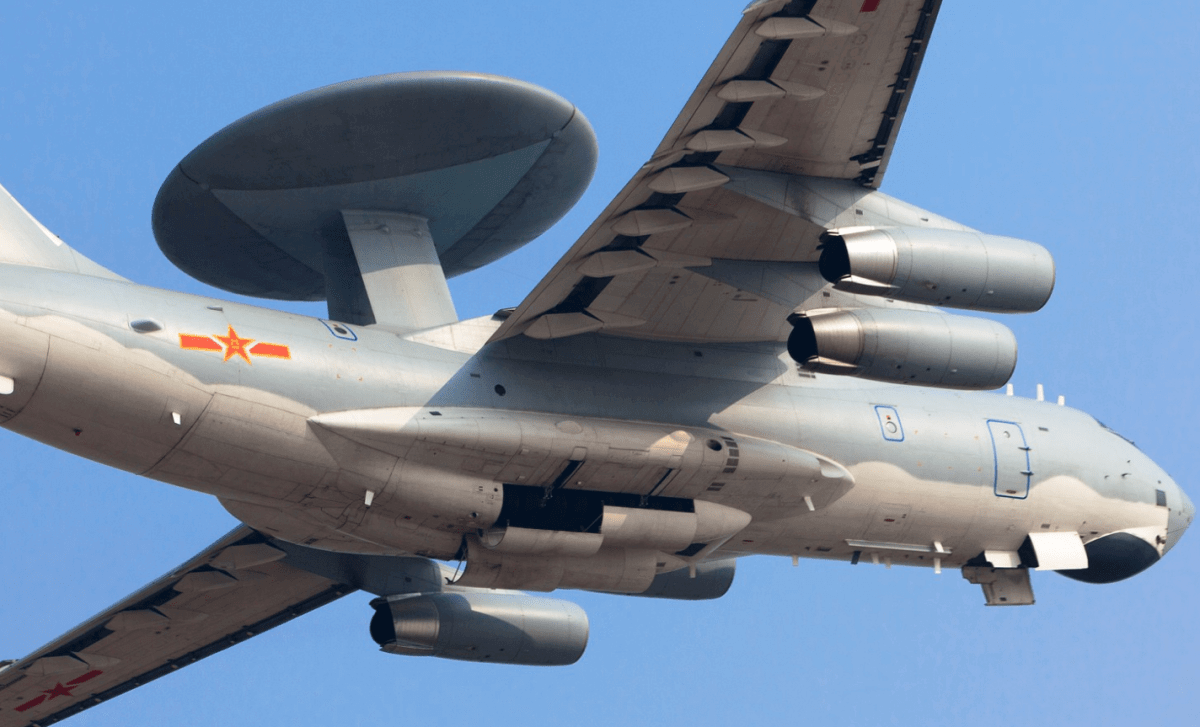On Tuesday, Taiwan’s Ministry of National Defense (MND) said that three Chinese military aircraft were reported to have entered the southwest corner of Taiwan’s air defence identification zone (ADIZ), making it the ninth such intrusion of its kind this month. This included a Y-8 anti-submarine aircraft, a Y-8 electronic warfare plane, and a Y-8 tactical reconnaissance plane. Taiwan responded to this incursion by mobilizing fighter jets to monitor the movement of the planes and issue radio warnings.
In 2020, from January 1 to November 30, Taiwan reported 380 aircraft flying into the zone’s southwest corner on 91 occasions. This was the highest recorded number since 1996, when China conducted a series of ballistic missile tests in the waters around Taiwan at the same time that the country conducted its first direct presidential election. Furthermore, last year, Taiwan reported the highest number of long-distance training missions by the Chinese military, which were conducted around the Taiwan Institute for National Defense and Security Research. Moreover, on December 21, a Chinese aircraft carrier, Shandong, sailed through the Taiwan Strait to reach the South China Sea for routine military drills. Due to the constant and several incursions by the Chinese military, the MND has now started publishing movements of Chinese planes on its website.
The report released by the MND also suggests that the increased incursions could possibly be on the rise due to the warming up of relations between Taipei and Washington. Experts believe that this may be Beijing’s way to deter Taiwan and project its influence over the region. However, the repeated military exercises merely provide greater legitimacy to Taiwan’s decision to purchase arms from Washington.
Taiwan is emerging as a critical flashpoint in the ongoing China-United States (US) scuffle, with China opposing frequent visits by American officials to Taiwan and the sale of weapons. In October, the US State Department formally approved the sale of advanced weapons to Taiwan worth approximately $1.8 billion. The US has also previously warned China against attacking Taiwan, perhaps threatening retaliation. However, Washington holds a long-standing policy of strategic ambiguity on the question of whether it would physically defend Taiwan in case of a Chinese invasion.
Taiwan, which is claimed by Beijing as part of its own territory, has been consistently increasing its defence budget every year and strengthening its multilateral relations to deter Chinese dominance over its sovereignty. Recently, Taipei invested in the manufacture of eight new domestically produced submarines to counter Chinese influence in the contentious South China Sea. In September, nearly 40 Chinese warplanes crossed the mid-line of the Taiwan Strait as part of real-combat aerial military drills organised by the Chinese People’s Liberation Army (PLA). Similarly, in July last year, China went to the extent of warning Taiwan that it was “ready for war” if Taiwan made moves towards independence. Thereafter, Taiwan has adopted the policy of scaling up its military spending as a calculated effort towards protecting its national security.
Chinese Military Aircraft Once Again Encroach Into Taiwan’s ADIZ
In another flagrant violation of Taiwanese sovereignty, three Chinese military aircraft were reported to have entered Taiwan’s air defence identification zone (ADIZ) on Tuesday.
January 13, 2021

SOURCE: HANDOUT
